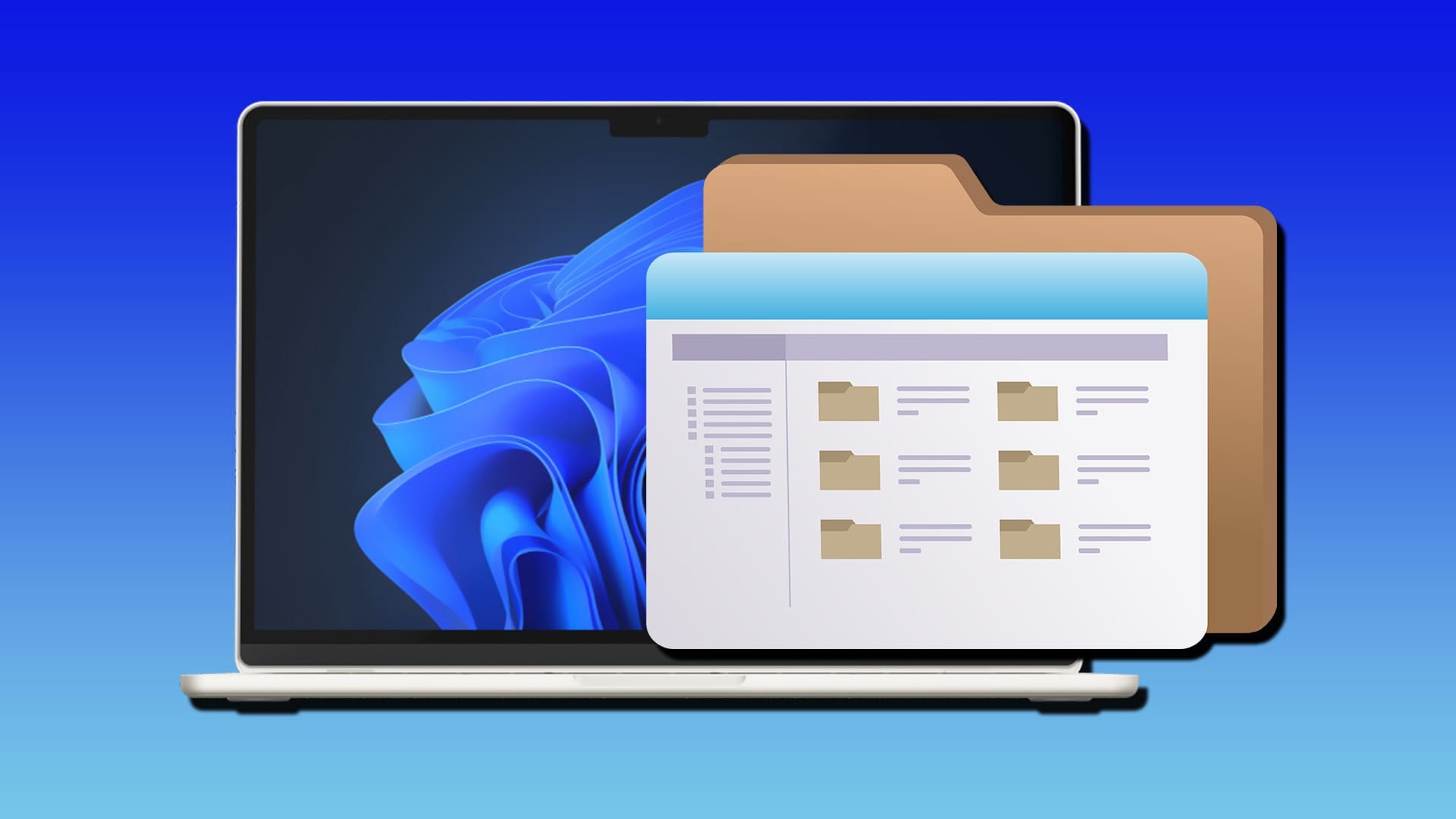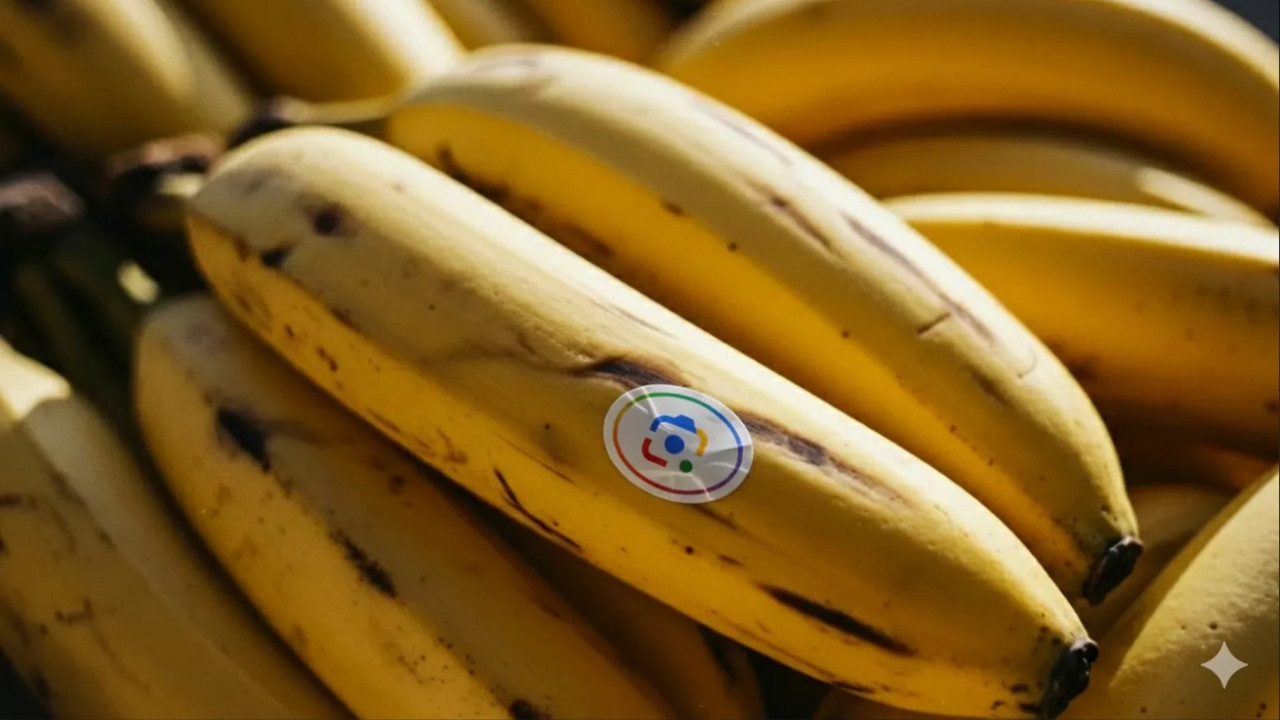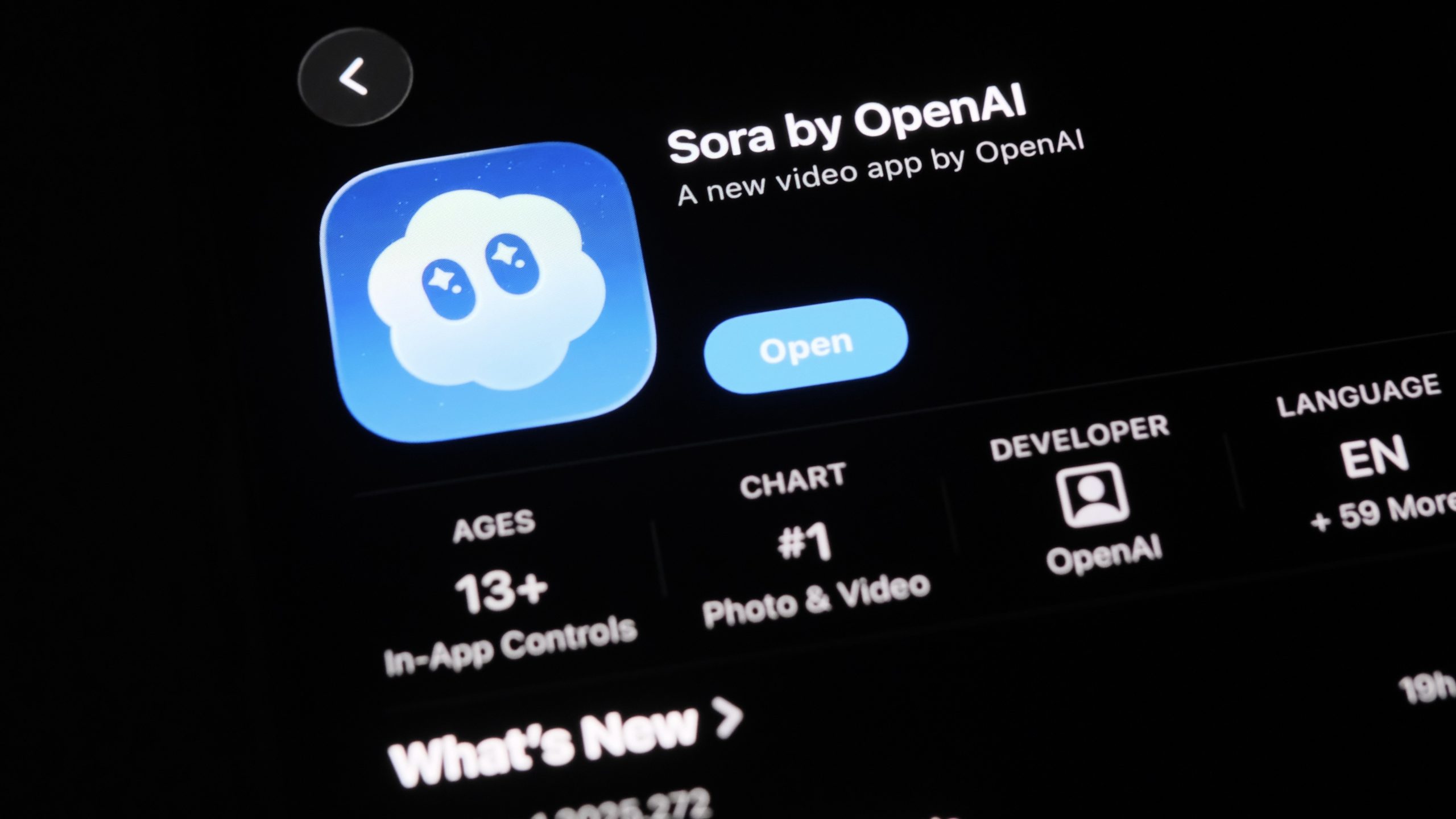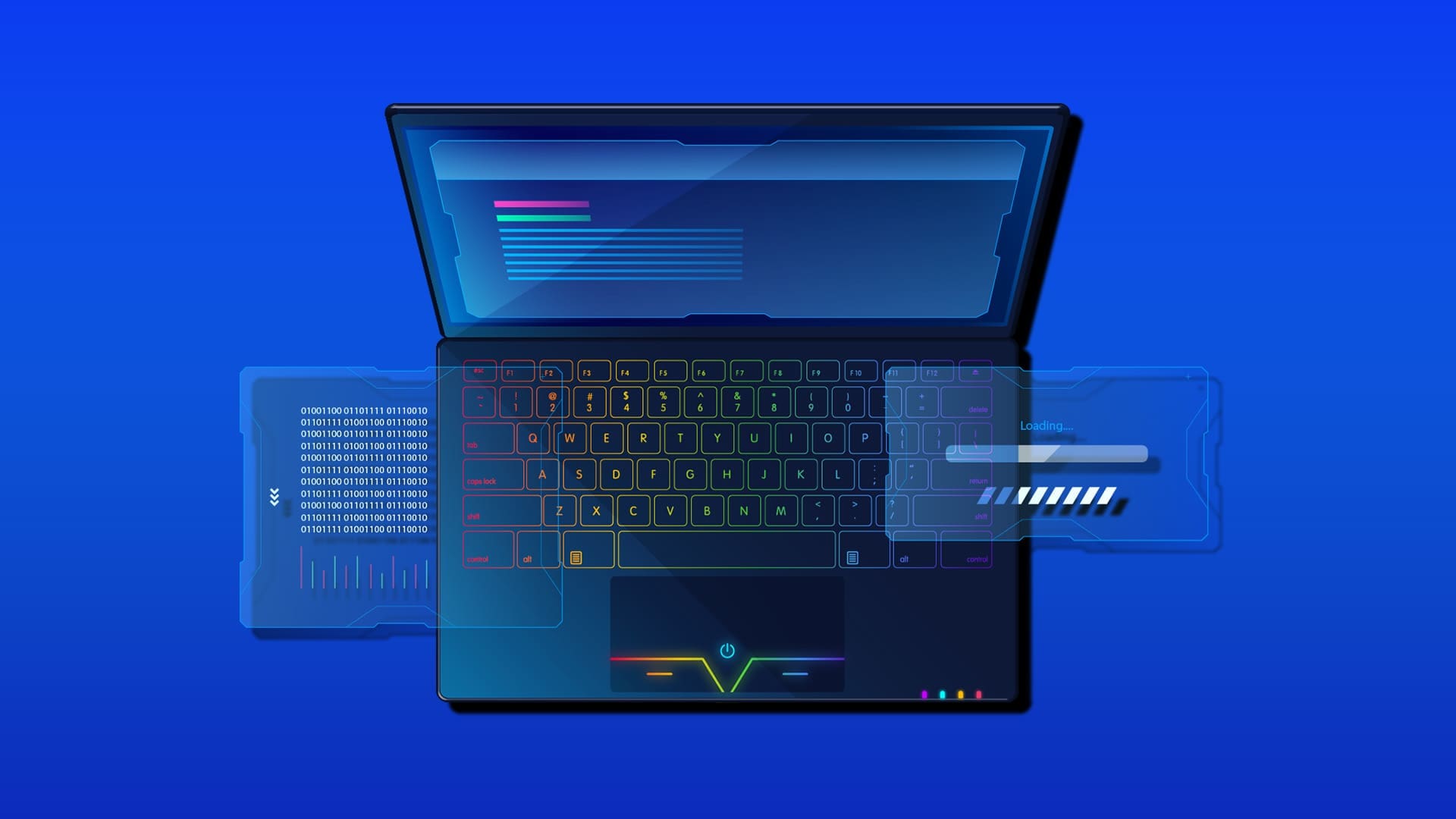Changing the default drive in Windows 11 can make your computer faster, more organized, and efficient—especially if your main drive (C:) is running out of space. Whether you want to install new apps, move downloads, or store documents on another partition, Windows 11 makes it easy to switch your default save locations.
Here’s a complete guide on how to change the default drive in Windows 11, plus a few extra tips to keep your system clean and optimized.
1. Why You Might Want to Change the Default Drive
By default, Windows installs most programs and saves files to the C: drive. Over time, this drive can fill up quickly, causing slower performance. Moving default storage paths to another drive—like D: or E:—can:
- Prevent low disk space warnings
- Improve file organization
- Extend SSD life by balancing read/write operations
- Make backups simpler and faster
2. Change Default Drive for New Apps
You can easily set a different drive for installing new apps from the Microsoft Store.
Steps:
- Press Windows + I to open Settings.
- Go to System → Storage → Advanced storage settings → Where new content is saved.
- Under “New apps will save to”, choose your preferred drive (e.g., D:).
- Click Apply.
Now all new Microsoft Store apps will automatically install to that drive.
3. Change Default Save Locations for Documents, Pictures, and More
If you want to redirect folders like Documents, Pictures, or Videos, Windows 11 allows you to move them easily.
Here’s how:
- Open File Explorer (Windows + E).
- Right-click on the folder you want to move (e.g., Documents) and select Properties.
- Go to the Location tab and click Move.
- Choose your new target folder on another drive.
- Click Apply → OK.
Windows will automatically move all files to the new location and update the system path.
4. Move the Download Folder to Another Drive
Browsers and apps often save downloads to the default “Downloads” folder on the C: drive.
To change this:
- Open File Explorer.
- Right-click Downloads → Properties → Location tab.
- Click Move, select a new folder (e.g., D:\Downloads), then click Apply.
- Confirm the prompt to move existing files.
Now, all downloads will go directly to the new drive.
5. Change Installation Drive for Non-Store Apps
For traditional software installers (.exe or .msi files), most allow you to manually select the installation location during setup.
If not, use this method to change the Program Files directory:
Option 1 — During installation:
When prompted, click “Browse” and select your new drive (e.g., D:\Programs).
Option 2 — Change Registry (Advanced users only):
- Press Windows + R, type
regedit, and hit Enter. - Navigate to:
HKEY_LOCAL_MACHINE\SOFTWARE\Microsoft\Windows\CurrentVersion - Double-click ProgramFilesDir and edit the path to your preferred drive.
- Restart your computer.
⚠️ Warning: Changing the registry incorrectly can cause issues. Proceed with caution.
6. Redirect Temporary and Cache Files
You can also move Windows temporary files and cache to another drive to free up space.
Steps:
- Press Windows + I → System → Storage → Advanced storage settings → Temporary files.
- Click Move temporary files to another drive (if available).
- Confirm and restart your PC.
7. Change Default Save Drive for New Files in Apps (Office, Photoshop, etc.)
Many apps save files to “Documents” on the C: drive by default.
To change it:
- Microsoft Word / Excel: Go to File → Options → Save → Default local file location → set your new drive.
- Photoshop: Go to Edit → Preferences → File Handling → Browse and select your desired directory.
8. Final Tips for Managing Multiple Drives
- Use Disk Cleanup or Storage Sense regularly to remove unnecessary files.
- Always back up important folders before making big changes.
- Keep your system drive (C:) mainly for Windows and essential software.
✅ Summary
Changing the default drive in Windows 11 helps improve system performance and organization.
Whether you’re freeing up space on your SSD or setting up a new HDD for storage, the process only takes a few minutes.
Use our free Facebook Likes Tool to boost your posts’ engagement quickly and effortlessly.



